Towels are a daily necessity for most of us, as they serve the vital purpose of drying our skin after a shower, cleaning our hands, or wiping sweat after a workout. With frequent use, they accumulate dirt, oils, and bacteria, which can lead to unpleasant odors and even health issues. To keep your softest towel fresh, clean, and fluffy, it is crucial to wash them properly. In this comprehensive guide, we will explore the best methods for washing towels and provide essential tips to ensure they remain in top condition.
1. Sort Your Towels by Color and Fabric Type
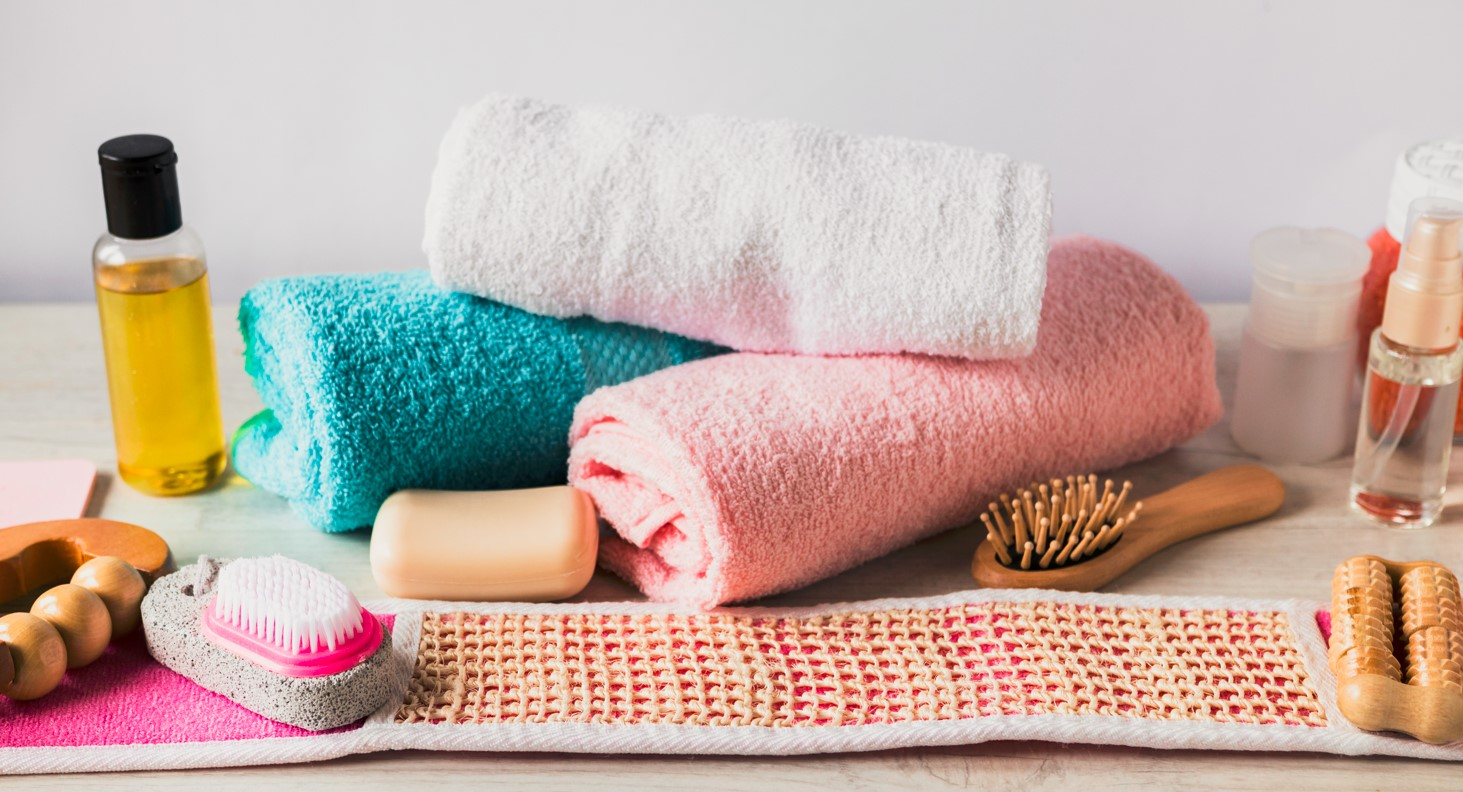
Before you start washing your bath towels together, it is essential to separate them according to color and fabric type. Sorting by color prevents the dye from bleeding and causing discoloration. Separate white towels and bath sheet options from colored ones, and if you have dark-colored towels, wash them separately to avoid staining lighter-colored towels.
Additionally, sorting best towels by fabric type ensures that each towel gets the appropriate care. For your cotton bath towels, for example, Egyptian cotton and Turkish cotton towels require different washing methods than microfiber or bamboo towels. By sorting your towels, you can ensure they are washed with the appropriate detergent, temperature, and cycle.
Moreover, sort out the thick towel options, bath mat, bed bath towels, and other towels to determine the amount of detergent and fabric softener that they might require.
2. Choose the Right Detergent
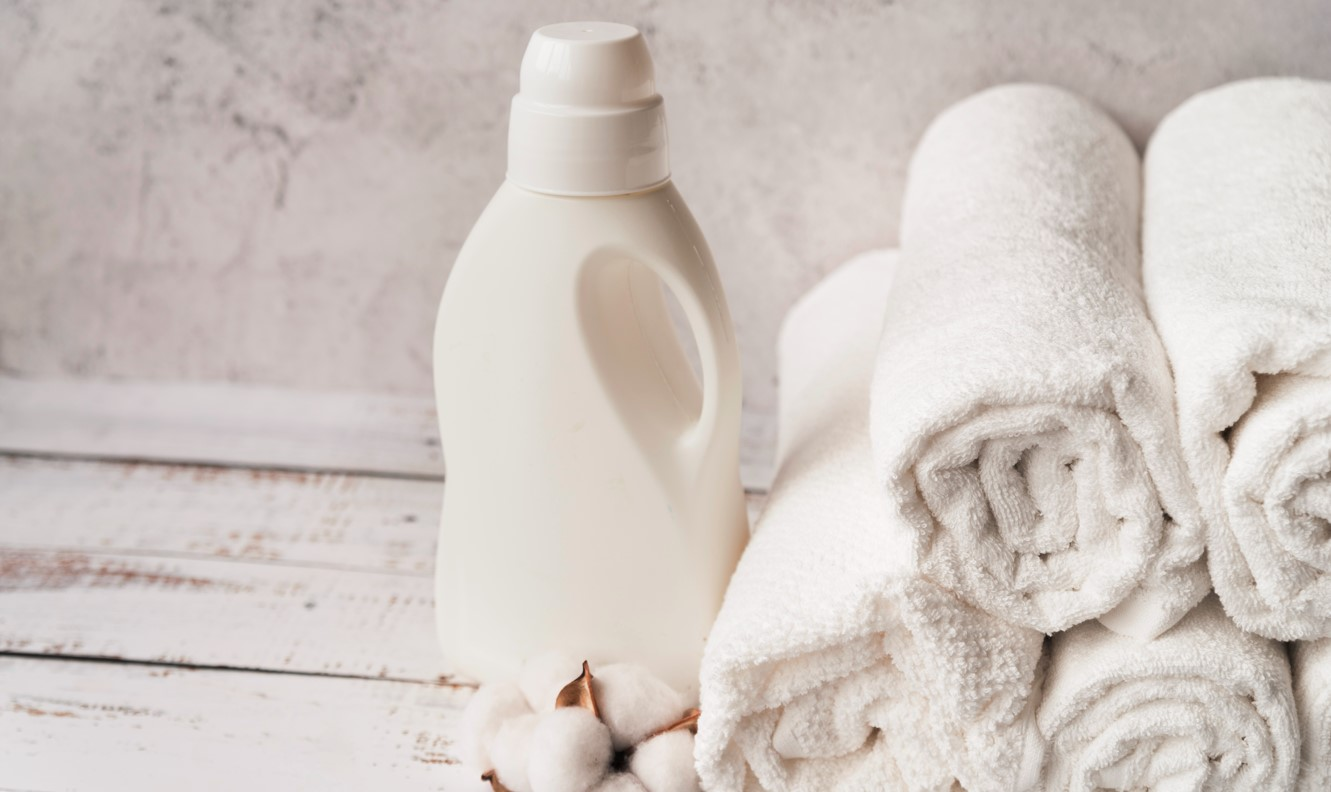
Selecting the right detergent is crucial for effectively washing your towels. A mild, liquid detergent is preferable for towels, as powdered detergents can leave residue on the fabric. Avoid using fabric softeners on towels, as they can reduce absorbency and cause a buildup of residue, leading to a stiff and scratchy texture. If you prefer a natural alternative, consider using white vinegar, which can help to soften towels and remove lingering odors.
3. Optimal Washing Temperature

The ideal washing temperature for towels depends on their color and fabric type. White and light-colored towels can be washed at a higher temperature, typically between 120°F to 140°F (50°C to 60°C), to remove stains and bacteria effectively. Colored towels with waffle weave, on the other hand, should be washed at a lower temperature, around 86°F (30°C), to prevent the colors from fading.
Fabric type also plays a role in determining the washing temperature for bath sheets and towels. For delicate fabrics like Egyptian or Turkish cotton, opt for a cooler setting to preserve the softness and quality of the fibers. Bamboo and microfiber towels can be washed at slightly higher temperatures.
4. Washing Machine Settings

Choose the appropriate washing machine setting for your thick towels. Most washing machines have a dedicated towel cycle, which is designed to handle the weight, size (square meter) and thickness of towels. If your machine doesn't have a towel cycle, select a heavy-duty or bulky setting to ensure thorough cleaning. Pre-soaking heavily soiled towels for about 30 minutes before washing can help to loosen dirt and stains. To do this, fill a basin or sink with warm water and a small amount of detergent, then add the towels and let them soak.
5. Loading the Washing Machine
When loading your washing machine, avoid overfilling it with towels. Overcrowding can prevent proper water and detergent circulation, leading to less effective cleaning. It can also cause the towels to rub against each other, which can damage the fibers and reduce their softness. Ideally, fill the drum halfway or two-thirds full to ensure that the towels have enough room to move freely during the wash cycle.
6. Drying Your Towels

Properly drying your towels is essential for maintaining their fluffiness and avoiding musty smells. It also keep the highly absorbent towel just as new. There are two main drying methods best bath towels: air drying and machine drying.
Air drying: Hang your towels on a clothesline or drying towel rack, ensuring that they are evenly spread out and not folded or crumpled. This method is energy-efficient and helps maintain the towel's texture. However, it can take longer for the towels to dry, especially in humid environments.
Machine drying: Using a tumble dryer for is a faster way to dry your waffle weave towels. To maintain their softness and fluffiness, set the dryer to a low or medium heat setting and add dryer balls or clean tennis balls to the load. The balls will help to separate the quick dry bath towels and create space for air circulation, resulting in faster drying and fluffier towels. Be cautious not to overdry your towels, as this can cause shrinkage and damage the fibers.
7. Folding and Storing Bath Towels

Once your towels are clean and dry, it's essential to fold and store them correctly to keep them fresh and neat. Follow these steps for folding and storing towels:
- Hold the hand towel lengthwise and fold it in half, aligning the edges.
- Fold it in half again, so you have a long, narrow rectangle.
- Fold the towel into thirds, creating a square or a neat rectangular shape.
Store your folded towels in a clean, dry area, such as a linen closet or a cabinet. Ensure the storage area is well-ventilated to prevent the accumulation of moisture and mildew. Stack the towels neatly, with the largest towels at the bottom and smaller ones on top. Avoid cramming too many towels into one space, as this can cause them to become wrinkled and musty.
8. Keeping Towels Fresh Between Washes
To keep your terry towels smelling fresh and clean between washes, follow these simple tips:
- Hang used hand towels out to dry immediately after use, making sure they are spread out and not crumpled. This helps to prevent the growth of bacteria and mold.
- Rotate your towels frequently, using only towel best bath towel or a clean towel every three to four uses or as needed. This ensures that you are not reusing a damp, bacteria-laden towel.
- If your towels develop a musty smell, you can freshen them up with a vinegar hot water solution. Mix equal parts of white vinegar and water in a spray bottle, lightly mist the towels, and let them air dry.
9. Removing Stains from Towels
Occasionally, your towels may end up with stains from makeup, food, or other sources. To effectively remove stains and keep your towels looking pristine, follow these tips:
-
Pre-treat stains on best towel before washing
Apply a small amount of liquid detergent or stain remover directly onto the stained area of the bath and beach towel and gently rub it into the fabric. Allow it to sit for at least 15 minutes before washing the towel as usual. -
Use baking soda
Baking soda is a natural cleaning agent that can help remove stubborn stains and brighten your towels. Add half a cup of baking soda to the washing machine along with your detergent, then wash your towels as usual. -
Use hydrogen peroxide
For white towels, hydrogen peroxide can be an effective stain remover and brightener. Mix equal parts of water and hydrogen peroxide in a spray bottle and apply it to the stain. Allow it to sit for about 30 minutes before washing the towel.
10. Caring for Different Types of Towels

Different luxury bath towel sets and materials require a few characteristics and specific care to maintain their unique properties. Here's a brief overview of how to wash and care for various types of waffle towels and bath linens:
-
Egyptian cotton towels and Turkish cotton towels
These luxurious towels of organic cotton are known for their incredibly soft-ness and high absorbency. Wash them on a gentle cycle with a mild detergent and avoid using fabric softeners. Tumble dry on low heat or air dry to preserve their softness. -
Microfiber towels
Microfiber towels are popular for their quick-drying and lint-free properties. Wash them separately from other fabrics, as they can attract lint during the washing process. Use a gentle cycle with a mild detergent and avoid fabric softeners. Air dry or tumble dry on low heat. -
Bamboo towels
Bamboo towels are known for their eco-friendly and antibacterial properties. Wash them on a gentle cycle with a mild detergent and avoid using fabric softeners or bleach. Air dry or tumble dry on low heat to maintain their softness and absorbency.
11. Properly Discarding Old Towels
Over time, long staple turkish cotton towels can become worn, frayed, or lose their absorbency. When it's time to replace your old towels, consider donating or repurposing them instead of simply throwing them away. Many animal shelters, veterinary clinics, and homeless shelters accept used towels for bedding or cleaning purposes. Alternatively, you can cut old towels into smaller pieces and use them as cleaning rags or reusable wipes.
In summary, taking good care of your absorbent towels involves proper washing, drying, folding, and storage practices. By following the guidelines outlined in this comprehensive guide highly absorbent using, you can ensure that your towels remain fresh, clean, and fluffy, providing you with a pleasant and hygienic drying experience. Furthermore, by extending the life of your towels, you'll save money and contribute to a more sustainable lifestyle.
Conclusion:
Properly washing and caring for your towels is essential to keep them fresh, fluffy, and hygienic. By following the steps outlined in this guide, you can ensure that your towels remain in excellent condition for a long time. Regularly washing your Turkish towel, using the appropriate detergent and washing machine settings, drying them correctly, and storing them neatly are all crucial elements in maintaining the quality of your towels. By taking good care of your towels by following the best overall bath towel instructions, you'll not only enjoy a more pleasant bathing experience, but you'll also extend the lifespan of this everyday essential.



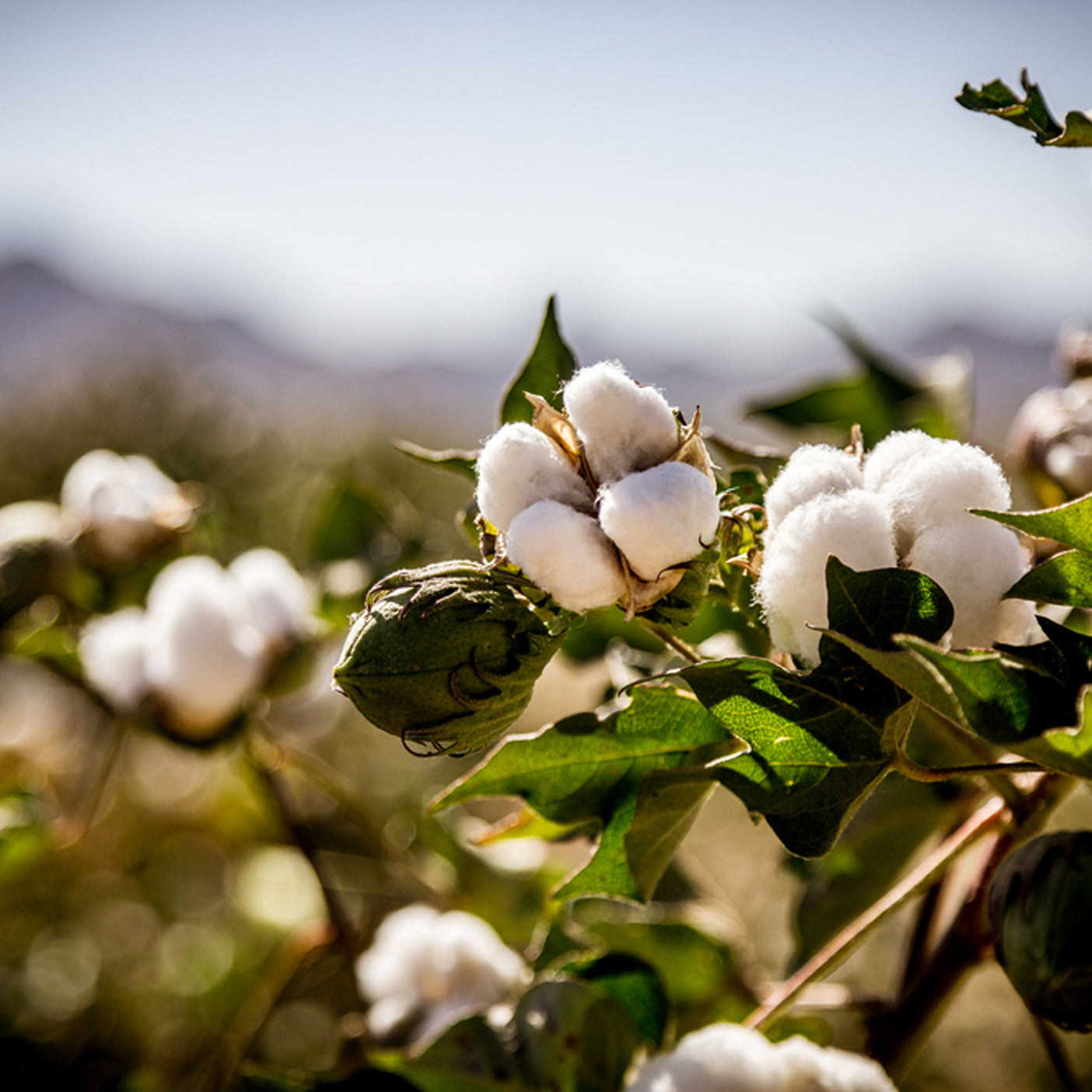

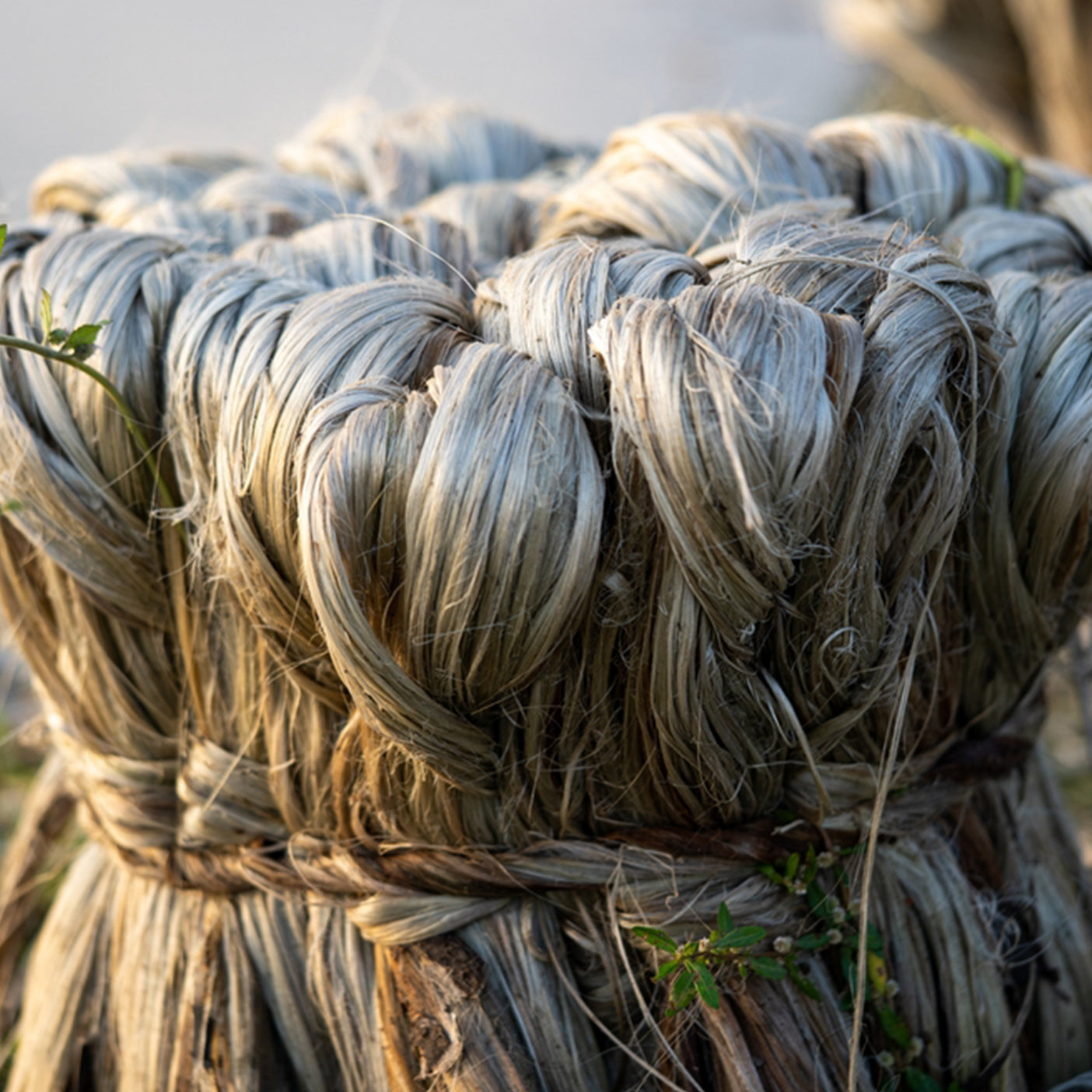


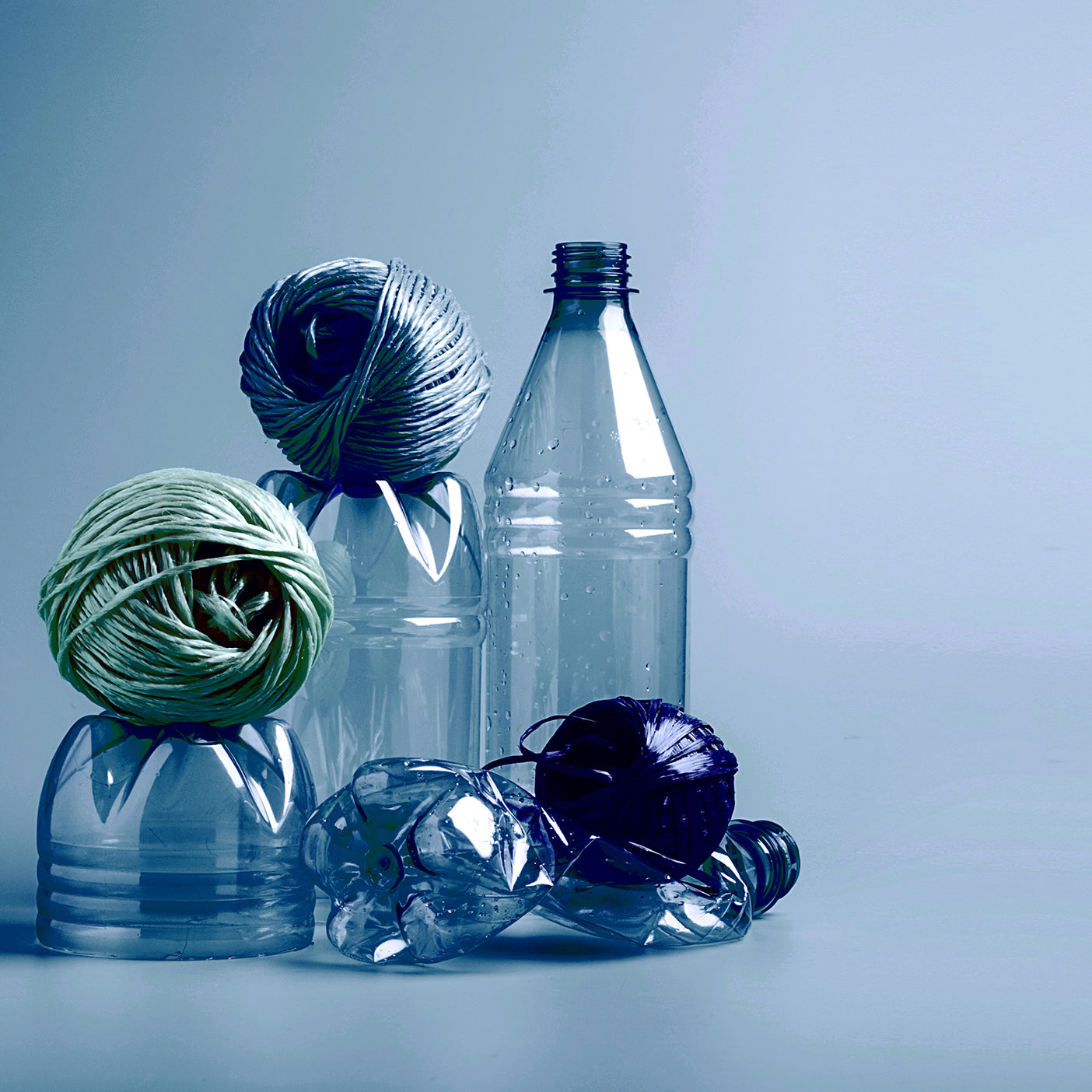

Leave a comment